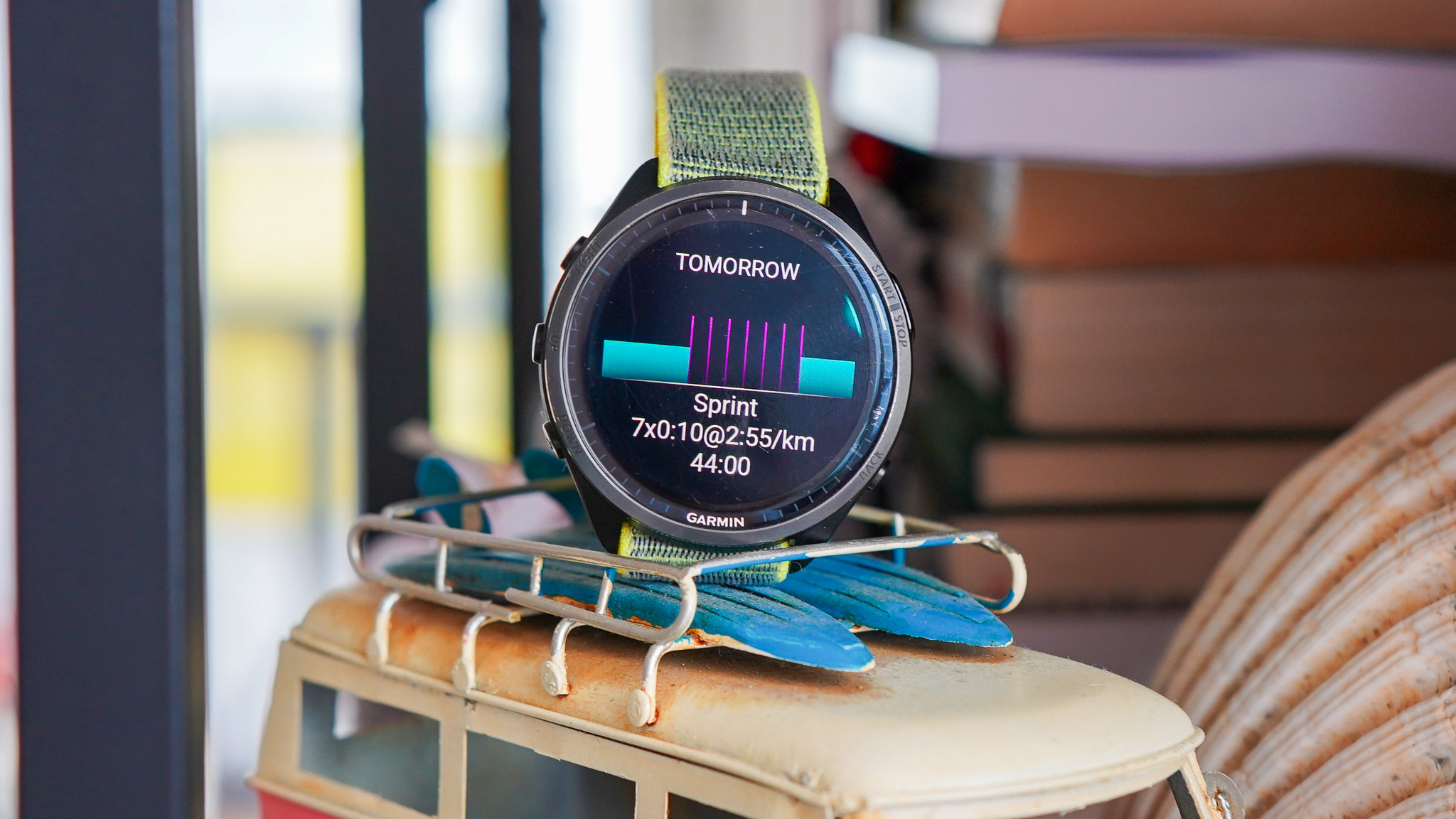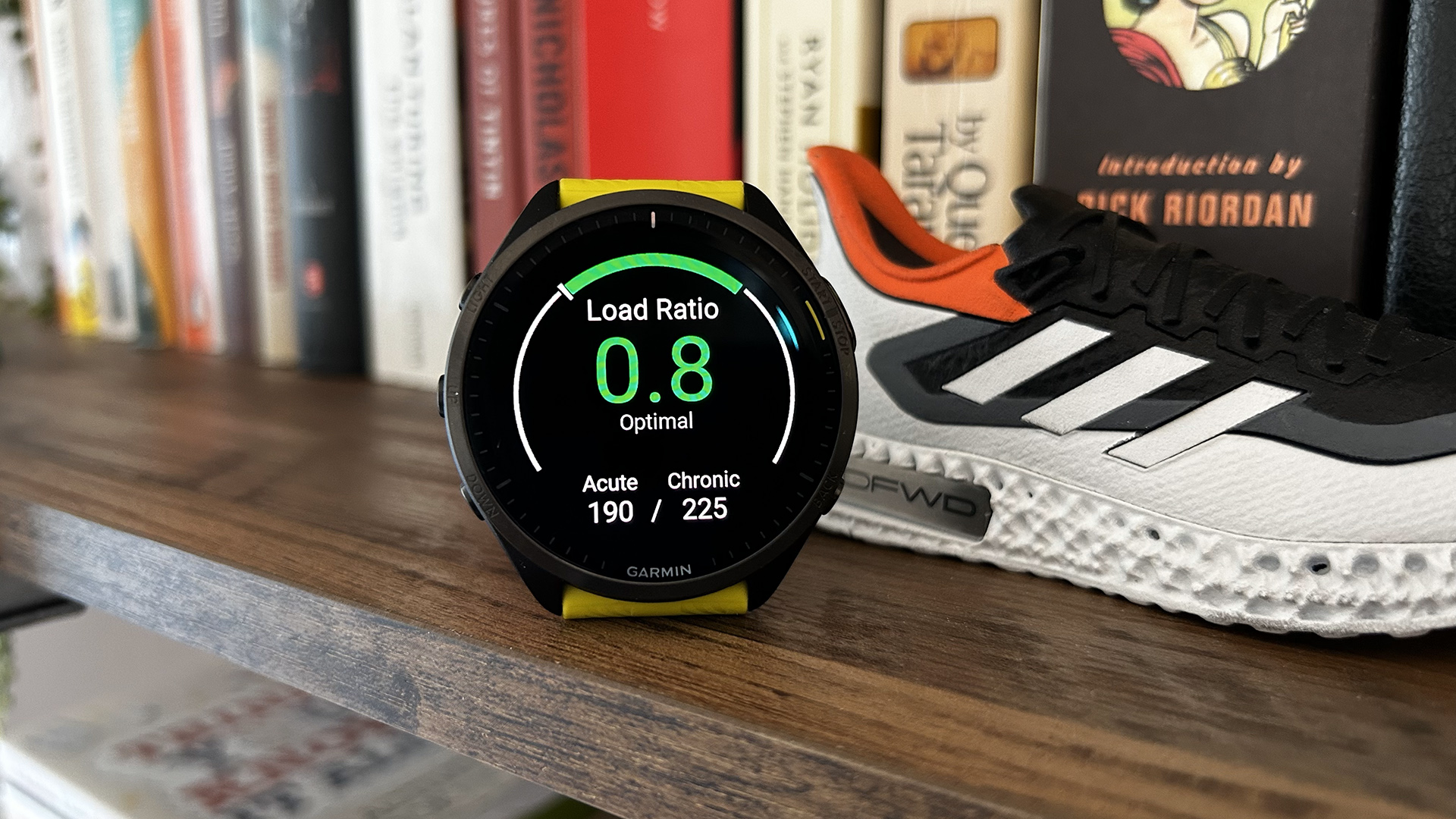Everything wrong with Garmin's Daily Workout Suggestions (and why I can't stop using it)
Workout suggestions are flawed but can be helpful if you use them right


I have a love-hate relationship with my Garmin watch. I keep gravitating back to it, no matter how many smartwatches and fitness trackers I tested over the years. However, some of the features annoy the hell out of me, yet I can’t stop using them. It's a mystery!
One of these features is the Garmin Daily Workout Suggestions (DWS). The brand says DWS are “workout recommendations made by your watch to provide a level of challenge to help you maintain or improve your current fitness level.”
Back in the day, I queried the purpose of the DWS with Garmin: Is the feature intended to make you faster or stronger, or is it just a way to spice up training? They answered that the “end goal is for [the DWS] to constantly improve the user.”
The DWS's function makes a lot more sense if you use it alongside the Race Day Widget, which was also introduced around the same time as the DWS. By setting a race and a desired time or pace, DWS can help you prepare for the race with targeted workouts.
However, these workouts can be a bit clunky. In my recent article about how to get Productive Training Status on your Garmin, I mentioned that I always use DWS when I run, as it provides some variety and helps me run at a slower pace.
Even though the workouts are varied – you get offered threshold runs, as well as sprints and interval sessions – they hardly ever offer ‘proper’ long runs, even if you have a marathon set up as your upcoming race.
Long runs are crucial for getting the body ready for a gruelling distance, and I burned myself on many occasions by skipping some of them and falling apart at the 20-mile marker on a marathon.
Get all the latest news, reviews, deals and buying guides on gorgeous tech, home and active products from the T3 experts

The longest run my Garmin Forerunner 965 offered so far is around an hour and 45 minutes – a far cry from the actual long runs you should be doing for a marathon. To add insult to injury, if you happen to have a busy week of training when you also walk/cycle/etc. a lot, those long runs will be reduced by the time the weekend rolls around.
The watch also often recommends 30-minute base runs a few weeks before the event when you’re supposed to crank up your training volume. Worse still, it never really suggests certain workouts, such as fartlek, hill sprints, etc.
I think the main problem is that the watch is too conservative with training load and recovery. It’s understandable, to a certain degree, as I wouldn’t want to be Garmin with people overtraining and injuring themselves then suing the company that the watch made them ill.
There is a simple solution to this: offer people three levels of intensity (easy, moderate, hard) with a disclaimer saying that all suggestions are just that – suggestions, and people should always take into account their fitness levels, recovery needs, and so on.
Just keep going
The DWS might be flawed, but I still use it almost all the time. Why? Because it saves me from having to set up workouts manually. No matter how easy it is to use Garmin’s desktop planner, it’s easier if the algorithm puts together a threshold session for me based on my training load and fitness level.
I also go for longer runs than recommended. Let's say I start the session with the recommended 30-minute base run but keep going after the session has ended. This way, I please the algorithm and ensure my training load is on point. Surprise, surprise, I often receive Productive Training Status despite my higher-than-recommended workload.
I hope we’ll soon receive a software update to enhance what is already one of my favourite features on my Garmin watch. Yes, it annoys me a lot, but Daily Workout Suggestions also provide the much-needed variety in my training. It’s just that I wish I didn’t have to work around the shortcomings of the feature, that’s all.
Haven't got a Garmin yet? Check out T3's curated list of the best Garmin deals and grab a bargain today.

Matt Kollat is a journalist and content creator who works for T3.com and its magazine counterpart as an Active Editor. His areas of expertise include wearables, drones, fitness equipment, nutrition and outdoor gear. He joined T3 in 2019. His byline appears in several publications, including Techradar and Fit&Well, and more. Matt also collaborated with other content creators (e.g. Garage Gym Reviews) and judged many awards, such as the European Specialist Sports Nutrition Alliance's ESSNawards. When he isn't working out, running or cycling, you'll find him roaming the countryside and trying out new podcasting and content creation equipment.